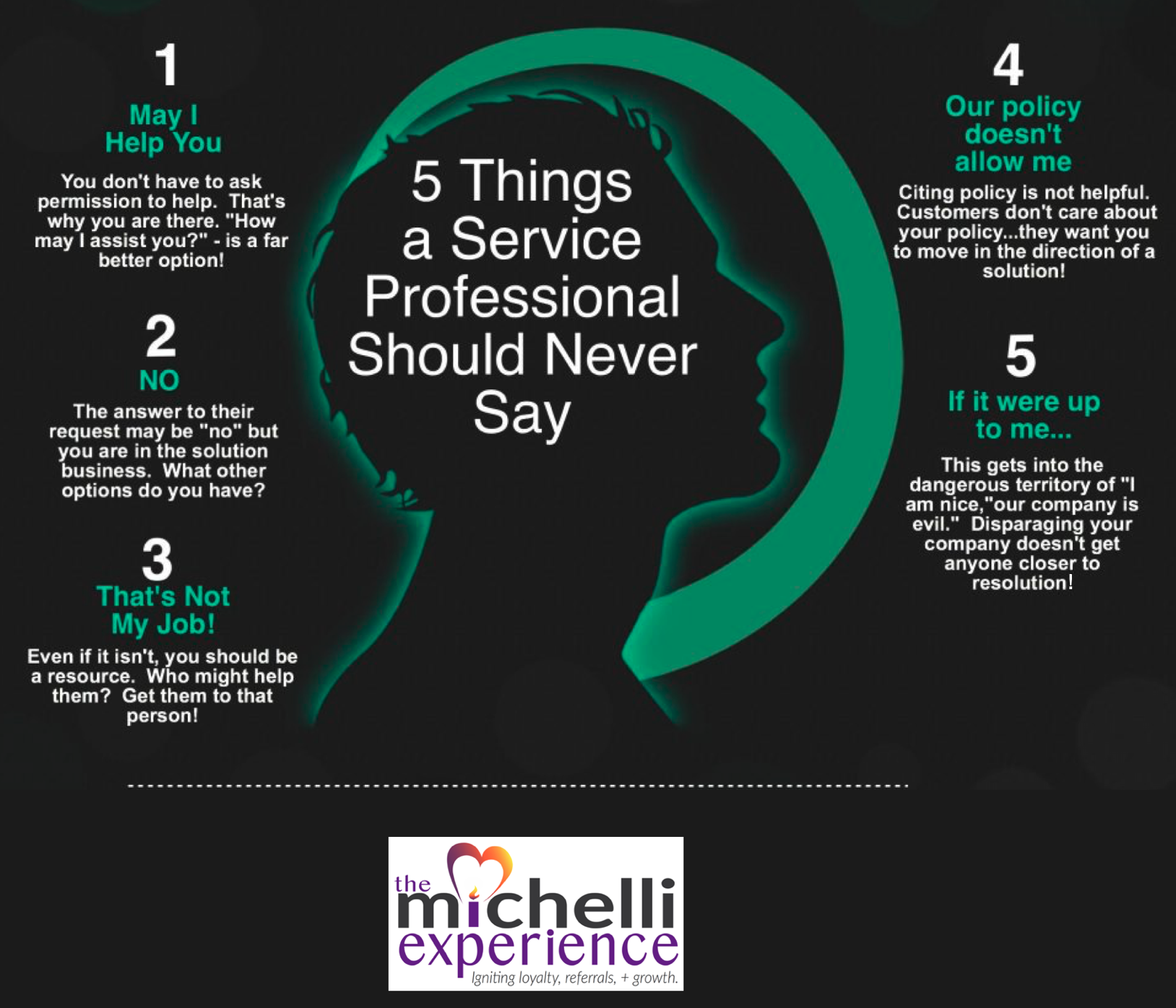Once upon a time, in a land far, far away, I was a young organizational development specialist employed by a sizable health care system. My job was to “improve customer service by deploying employee scripts.”
The Pitfalls of Service Scripts
Given my naivete, I took to my task by researching the best available customer service programs. I purchased a boxed set of materials, developed a communication and training plan, and pushed the program across the organization. As you might guess:
- Many managers acted “as if” they went along with the program but did not monitor or reward performance based on the scripts.
- Employees resisted being told what to say and did not understand why they were supposed to stick to the script, and
- Patients felt the scripts were robotic.
Fortunately, I learned from my misguided effort; otherwise, I would be doing something else today!
Customer service scripts are tempting from the perspective of experience consistency, but it is hard to be authentic and inspired when you are reading someone else’s words.
Setting Guardrails on Service Language
While verbatim scripting typically doesn’t work, we should choose our service phrases wisely. In addition to avoiding “swear” words, cutesy cliches, and insults, I encourage my clients to shed these five phrases to drive customer experience excellence:
1. May I help you
While this phrase sounds noble, we don’t need permission to provide service. We are paid and poised to serve, and the real question should be, “How may I assist you?” The word assist is a far more engaging and elevated word. Most customers want assistance, not all want “help.”
2. No
Even if you can’t say “yes” to a customer’s request, you don’t have to say “no.” Often, a service professional will say something like, “Here are the options I have available” or “we could do that for this additional price.”
3. That is not my job
Need I say more about this one, other than please find the person whose job it is and make a warm handoff.
4. Our policy does not allow me to….
Customers don’t care about policies! They want solutions and options. As humans, we should look for creative ways to get their needs met. If we exhaust all options, it is time to engage colleagues in brainstorming or potentially refer the customer elsewhere.
5. If it were up to me….
Anything along this line of conversation is entering dangerous territory. In essence, the service provider is saying I would love to be your hero, but the villain (our company, my boss) does not have my virtues and compassion. I hear these types of statements far too often, as team members try to forge a connection with the customer at the expense of the customer’s relationship with the business.
Here's a handy visual resource for use with your team...

Related: What’s Value Got to Do With It?


